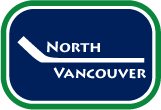GOALTENDER EQUIPMENT GUIDE
WHAT EQUIPMENT IS REQUIRED?
To be a goaltender there is several pieces of equipment to protect one from being injured. Modern day goaltending equipment provides high quality, light weight equipment to protect the goaltender from injury. NVMHA has several options for goaltenders to use the organizations goalie equipment. Please reach out to Don Woodman to get further details. Don can be reached at equipment@nvmha.com.
A goaltender will require the following pieces of equipment before he/she can step onto the ice safely; CSA approved goalie mask, neck guard, goalie pads, glove, blocker, chest protector, knee pads, goalie skates, jock/cups, pants, jersey, plus several recommended accessories to prevent injury which is noted below.
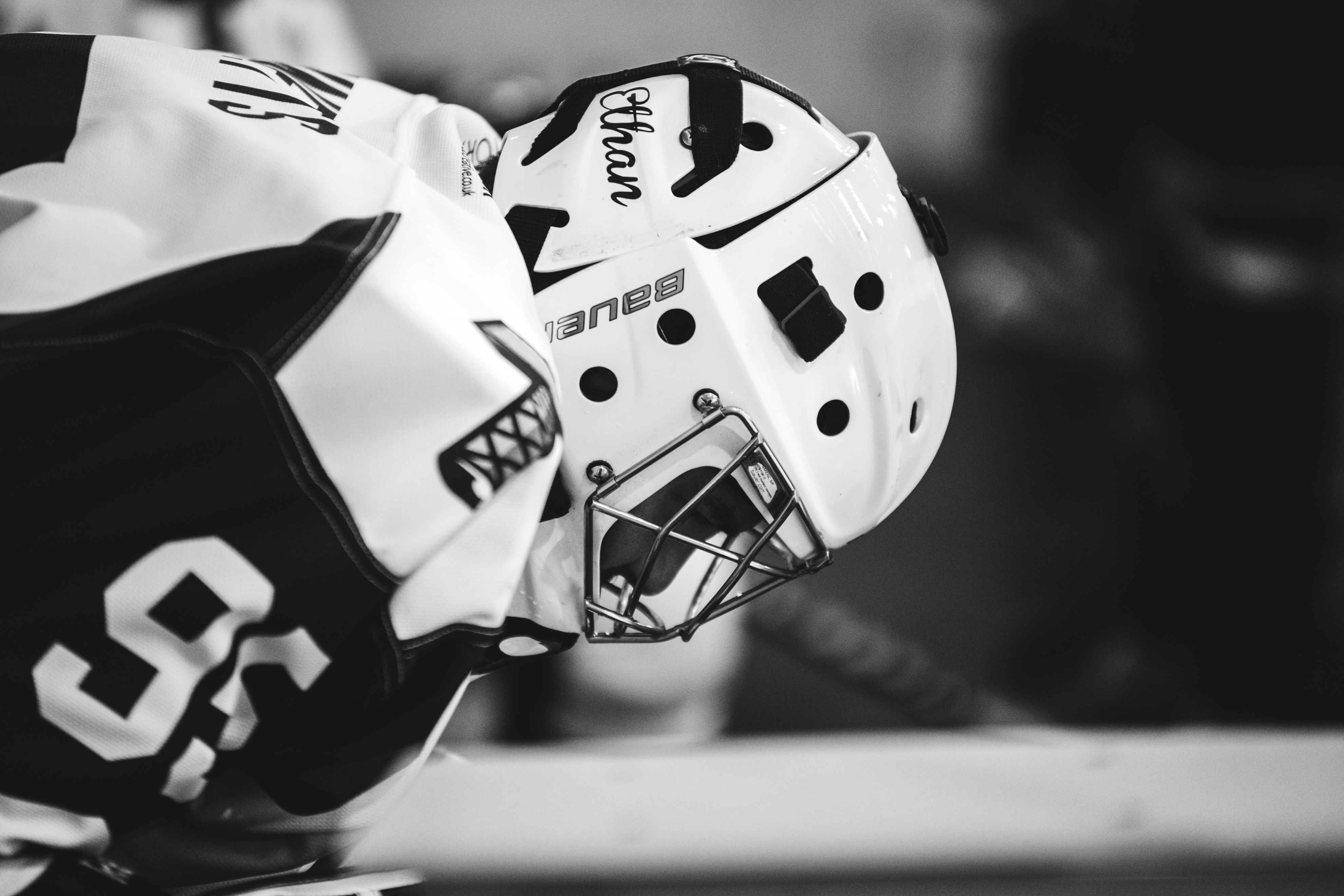
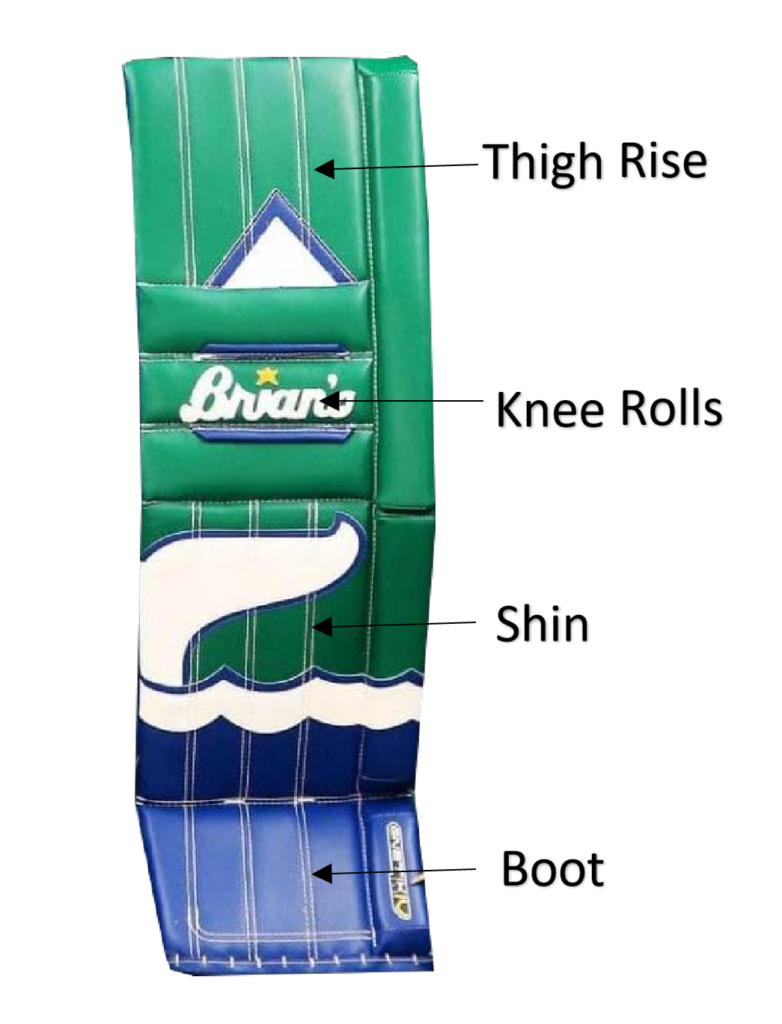
GOALTENDER LEG PADS
Goaltender leg pads come in various sizes from youth, junior, intermediate to senior/pro goalie pads. To ensure goalie pads have a proper fit there is various ways to measure for a goalie pad depending on brand and personal preference. The most common measurement is the following:
Goaltender Skate Size
Measurement from Ankle to Knee
Knee to Thigh
Other companies such as Bauer use FTK (Floor to Knee) for an accurate measurement. Always consult with the various goalie equipment companies web sites or sports shop specialist's who can ensure correct and accurate sizing. Goaltender pads too big can hinder a goaltender's movements, and pads too small can result in injury.
GOALTENDER GLOVE OR TRAPPER
A goaltender glove or trapper comes in youth, junior, intermediate, senior and pro. Determining a goaltender glove size is challenging because every goaltender's hand size is significantly different at each age. When a goaltender puts on a glove, they should be able to wrap their fingers around the break on the glove so the goaltender can close the glove. If the goaltender cannot wrap their fingers around the break and can't close the the glove, it is too big for the goaltender.
Also, on the glove, unstrap the backhand portion of the glove to access the goaltender's finger positioning in the finger channels. A glove too big will hinder the goaltender's ability to make saves and the goaltender will not be able to closer their glove. Final tip, a regular catch glove will be worn on the LEFT hand, while a full right glove will be worn on the RIGHT hand.
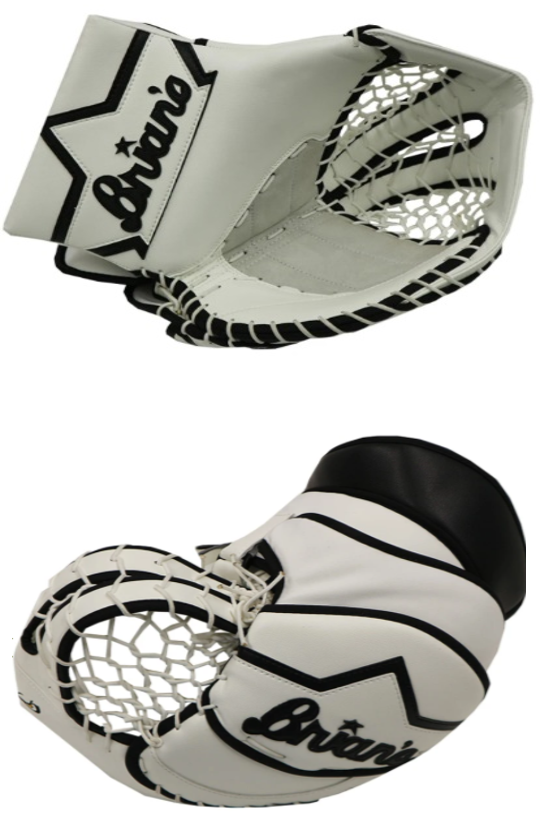
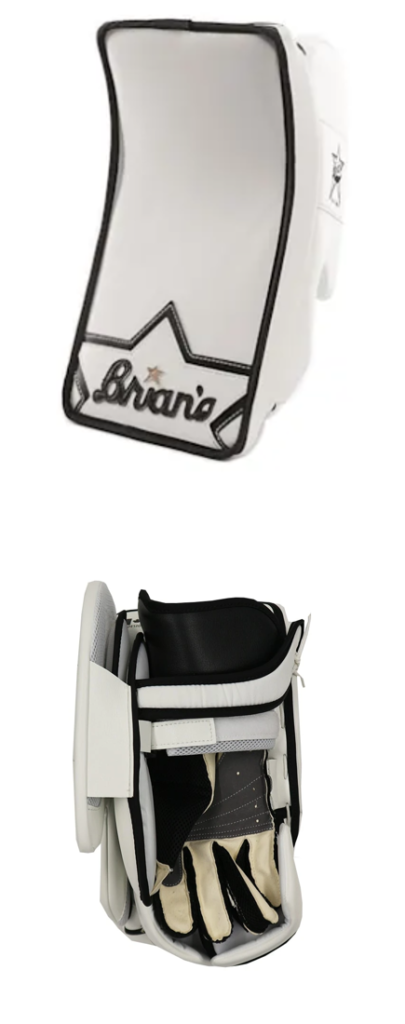
GOALTENDER BLOCKER
A goaltender blocker comes in youth, junior, intermediate, senior and pro. A blocker should be fitted based on the goaltender's hand size. To help size a goaltender accurately measure the hand from heel of the palm to the tip of the middle finger. For example, a youth blocker will usually measure between 4-3/4" to 5-5/8." When the goaltender has their hand in the blocker, ensure there is no more than 1/4" between the tip of the middle finger and blocker hand.
It is highly recommended that the blocker cuff should extend a couple of inches over the bottom of the arm protection portion of the chest protector. Lastly, a regular blocker will be worn on the RIGHT hand, while a full right blocker will be worn on the LEFT hand.
GOALTENDER CHEST PROTECTOR
A goaltender chest protector comes in youth, junior, intermediate, senior and pro. To properly size a goaltender's chest protector, sizing is determined by wingspan. Use the following guidelines to measure a goaltender for an accurate fit.
-Measure from middle finger to middle finger to determine goaltender's over-all arm span.
-Measure goaltender's over-all height.
It is important to remember each manufacturer will have different sizing charts and specs. An example sizing chart is provided from Vaughn Hockey's website.
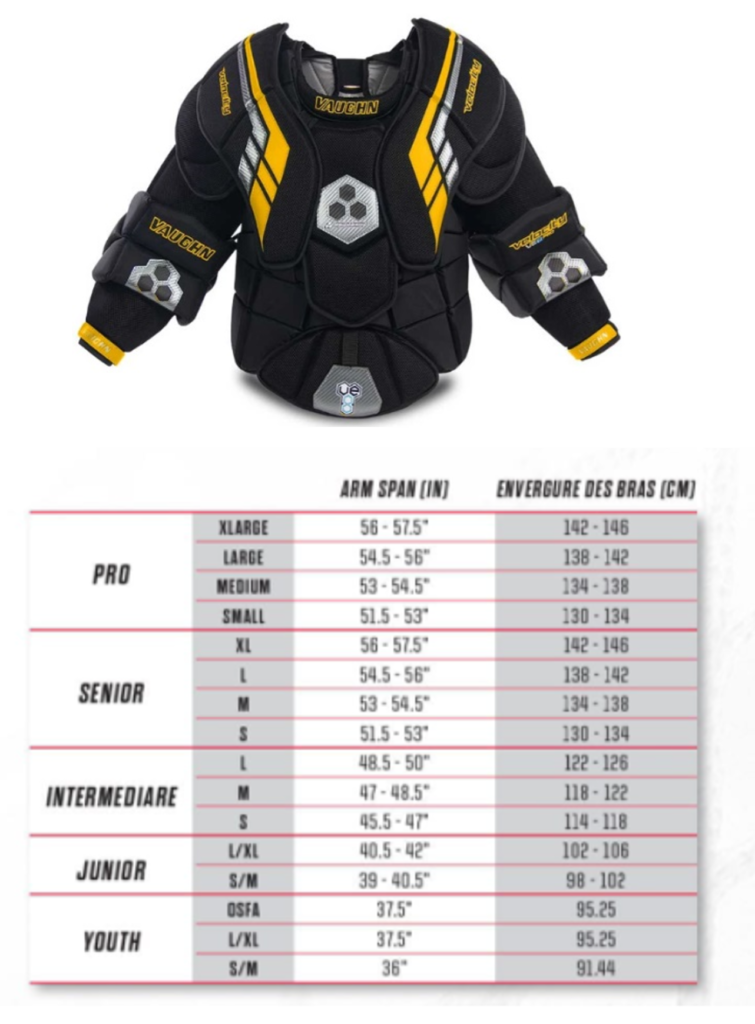
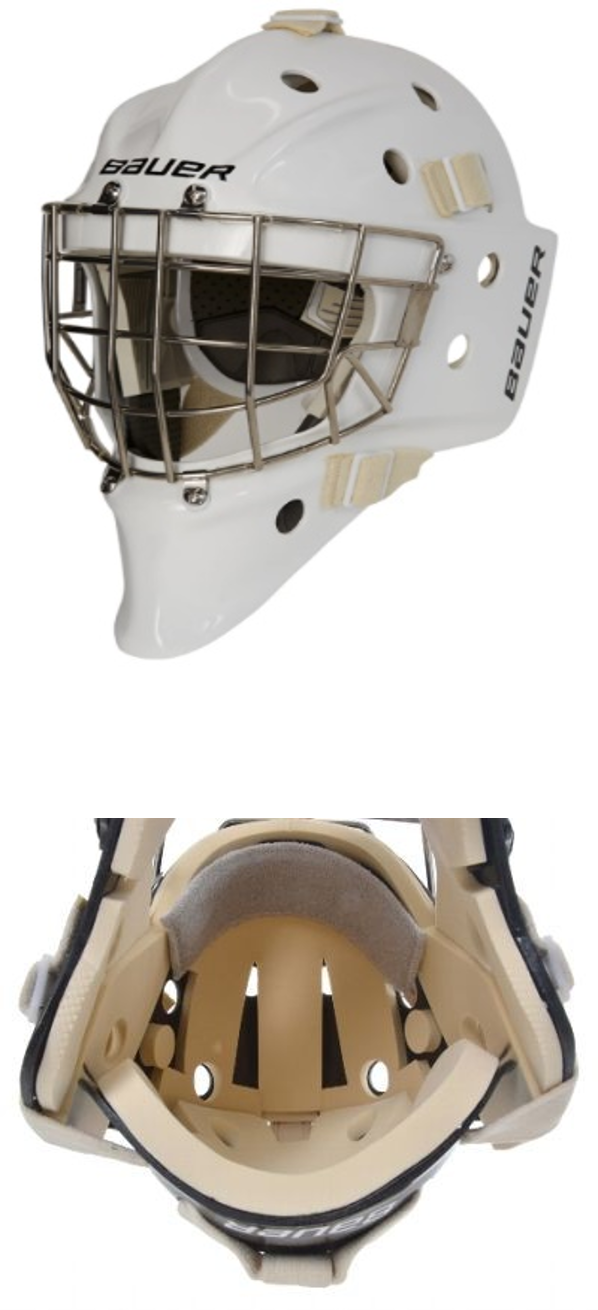
GOALTENDER MASK
A goaltender mask comes in the following sizes, youth (ages 5-7), Junior (ages 8-12), and Senior (ages 13+). A goaltender's mask fitting correctly is important to head safety and keeping goaltender's safe from head injuries. The following steps and recommendations can be made to achieve a safe and accurate fit for your goalie mask.
Make sure the opening of the goalie mask is approximately 1/2" above the eyebrows.
Ensure the chin cup is adjusted so the helmet does not move on the head or allow the mask to be moved around or pushed toward the jaw.
Adjust backplate straps, connect ensuring a secure fit.
Now that you have a snug fit, make sure the mask fits comfortably to the face, forehead, cheeks, and chin. There should be no visible gaps between the mask padding, the face or forehead.
Nod head up and down, turn side-to-side making sure the helmet isn't loose or slipping.
Lastly, make sure the goalie mask is compatible with your chest protector. Try the goalie mask while wearing your chest protector, turning your head to make sure you have full mobility, and unobstructed head movement.
GOALTENDER PANTS
Goaltender pants come in youth, junior, intermediate, and senior. It is important to note that goaltender pants differ from player pants and offer the goaltender more protection with thicker/flatter padding around the thigh, groin, and waste area. Goaltender pants are wider than player pants to maximize net coverage. Goaltender pants tend to be measured by waist, and hip-to-knee measurements.
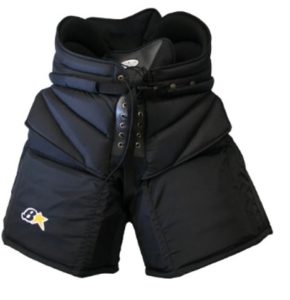
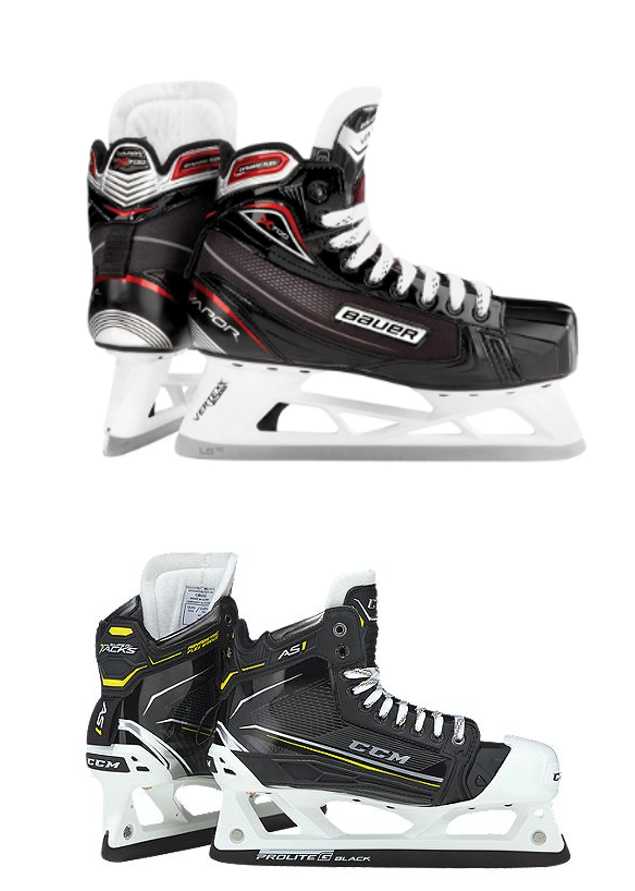
GOALTENDER SKATES
Goaltender skates do differ from player skates and offer significantly more protection on the toes and sides of the skates to prevent foot injuries. Goaltender skates come in various sizes from youth to senior. The fitting process for goalie skates is the same as player skates.
Goaltender skates will normally fit between 1 and 1-1/2 sizes smaller than your average pair of shoes. With younger goalies, it is possible to move up one additional size to accommodate for growing feet. As reminder, be careful buying skates too big as it will create problems in balance and lateral mobility for the goaltender. To achieve an accurate fit, use the following steps.
- Push the foot as far forward as possible. Your index finger should be able to fit between the goalie's heal and back of the boot. If you can fit two fingers, the skate is too large. If you can't fit on one finger, the skate is too small.
- Kick the heel firmly to the back of the boot and lace up. When lacing, make sure the foot is flat on the ground. When tightening the laces, if the eyelets start to bow out or you can see the edge of the tongue, the skate is too small. When laced, goaltender's heel should not lift.
- Once the skates our tied-up, walk around and make sure the fit is comfortable.
GOALTENDER STICK
It is critical that a goaltender has the correct stick length. The right paddle length helps the goaltender maintain a proper stance. The paddle needs to be long enough so that when the goalie is in their proper stance, with their knees bent and the stick is flat on the ice 8" to 12" in front of the goaltender's toes. Goaltender sticks come in youth, junior, intermediate, and senior sizes. Tips to help properly fit a goaltender with the correct stick size.
- Try to make sure goaltender has their skates on if possible.
- Have the goaltender get in their stance with their knees bent, hand in front of the body, and stick should be approximately 8" to 12" from the skates.
- A good fit will have the goaltender's blocker next to his/her leg pads with the stick flat on the ice.
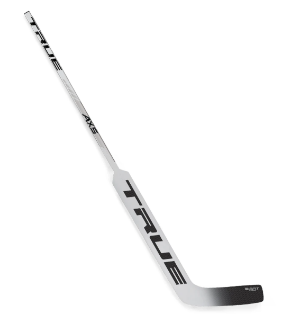
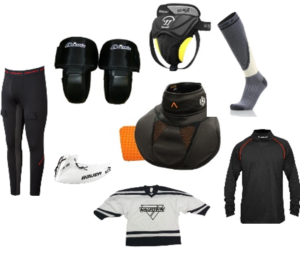
GOALTENDER ACCESSORIES
There is several accessory options at a goaltenders disposal. The following accessories is mandatory such as a jock/cup and neck guard. While items such as kneed pads, cut resistant socks, goalie mask dangler is highly recommended. Don't forget to purchase a goalie sized jersey!
